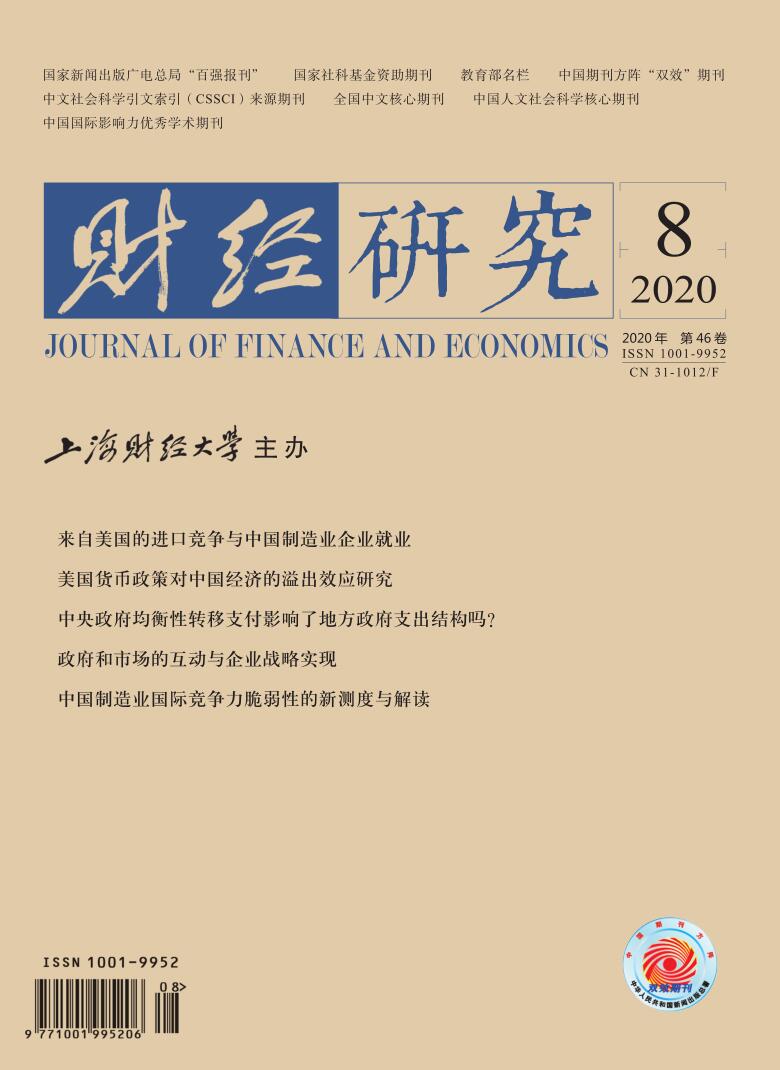Under the wave of urbanization, the living mode of the elderly in rural areas in China has gradually changed from parent-child living together to independent living. At the same time, the living pattern of children living in the same county and city has gradually emerged, which is “separate without leaving” or “leave the land but not leave the county”. At present, the research on the relationship between the living mode and the health of the elderly seldom takes children’s living situation into account, and there is no strict causal inference analysis on the cognitive health of the rural elderly. Based on the above, this paper studies the impact of children’s living distance on the cognitive health of the elderly. Meanwhile, this paper pays more attention to the impact of family care accessibility and the right to privacy of independent living.
Using 2011−2015 China Health and Retirement Longitudinal Study(CHARLS)data, after controlling endogeneity bias by combining the panel fixed model and instrumental variables, the empirical results show that: First, when couples live together, the elderly living alone is generally more conducive to their cognitive health than parents and children living together, but in the case of widows or widowers, it is difficult to get cognitive health benefits from living alone. Second, when couples live together, the best distance is the neighborhood of children living in the same county, but with the increase of the age of the elderly, the cognitive health benefits of children living in the neighborhood decrease. As far as the mechanism is concerned, it can be attributed to the fact that the elderly care in the family is provided by the spouse, so as to reduce the health risk caused by the remote living of children and the decrease of accessibility of family care(such as meeting and communication), and the health benefits of the right to privacy and freedom of independent living are higher. However, for the elderly, living far away from their children is obviously not conducive to the level of cognitive health when they live alone, or even worse than living with their children, which highlights the importance of care from children. In particular, the heterogeneity analysis finds that the elderly living alone with children living in the neighborhood is not as good as living together with children; children living far away will make the cognitive health(memory score)of the elderly living together with low education worsen.
Therefore, to maintain and improve the cognitive health of the elderly, there is an optimal distance for children to live, that is, there is a certain substitution relationship between the accessibility of family care and the health benefits of the right to privacy of independent living, and the marginal balance point of this substitution relationship is heterogeneous in different types of the elderly. The findings of this study provide a basis for decision-making to balance the conflict between children’s personal development opportunities and traditional family security responsibilities, and to realize the new urbanization path and the coordinated development of “healthy aging”. Specifically, there are three suggestions: First, the new urbanization strategy and the rural revitalization strategy should be organically combined to create conditions for rural youth to have opportunities to develop nearby. Second, through policy design, we should encourage willing young people in rural areas to live close to their parents. Third, we should accelerate the construction of social care system in rural areas.






 6166
6166  8014
8014

